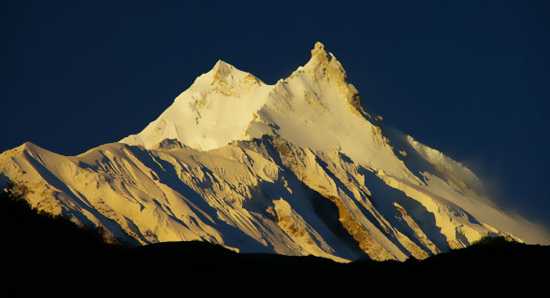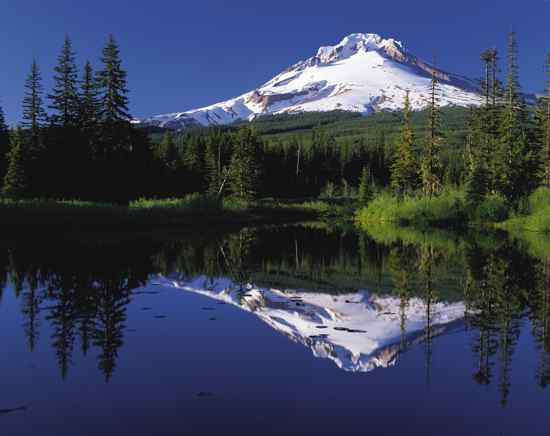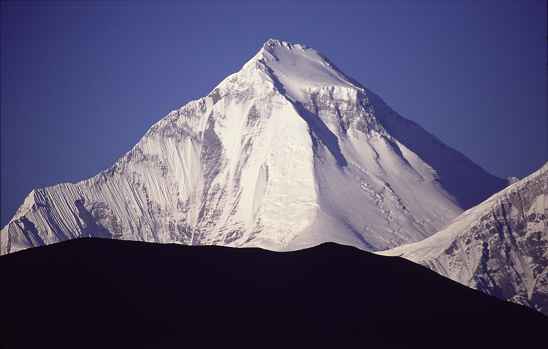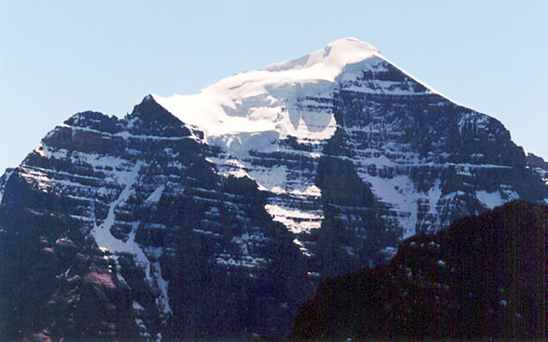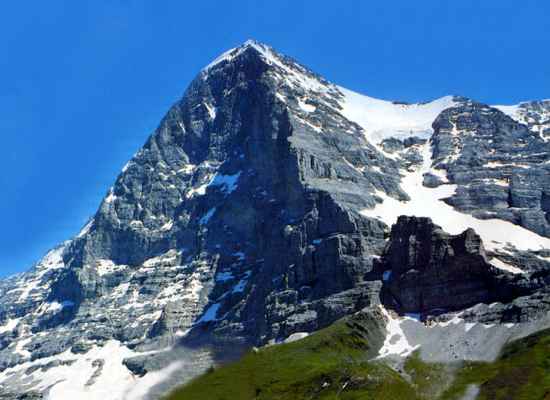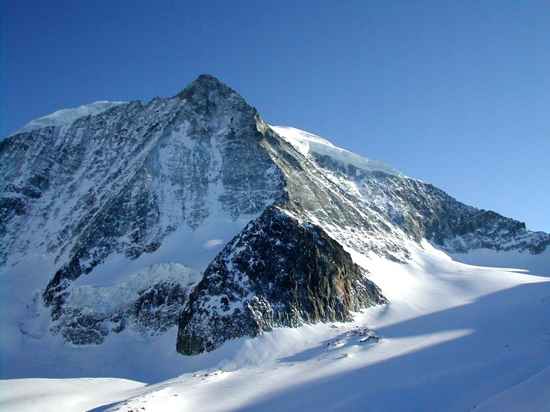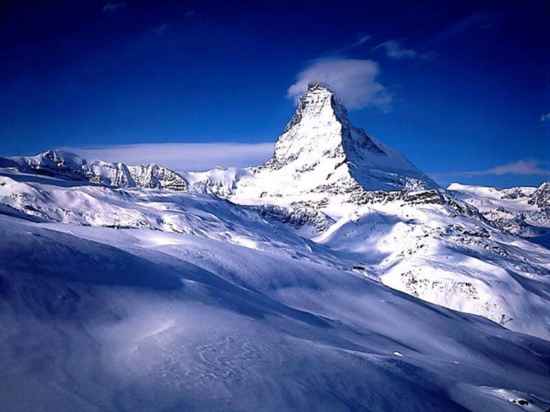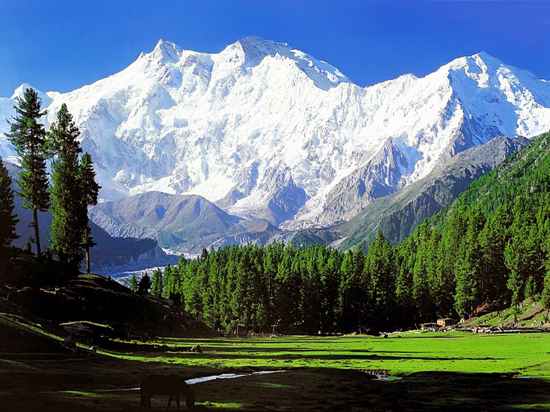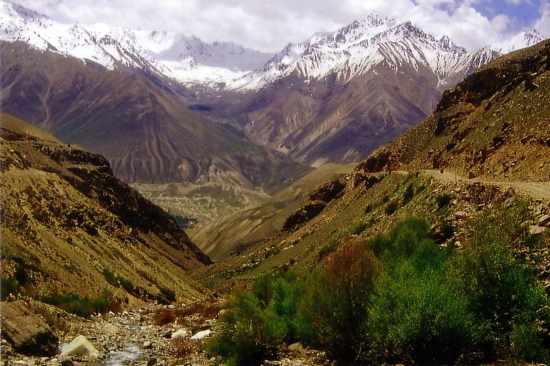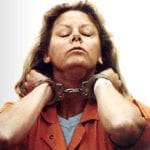The only criteria for entries on this list was that the accidents had to be while climbing mountains, not trekking or rock climbing, and had to result in multiple lives lost. They are not in any order as any loss of life is a tragedy.
Manaslu is the eighth highest mountain in the world, and was first climbed on May 9, 1956, by Toshio Imanishi and Gyalzen Norbu, members of a Japanese expedition. Its name means “Mountain of the Spirit”. On April 10, 1972, a South Korean expedition was attempting to climb the northeast face when it ended in complete disaster. An avalanche buried their high camp at 6,500 meters, killing 15 climbers, including 10 Sherpas and the Korean expedition leader, Kim Ho-sup, and Kazunari Yasuhisa from Japan. This is Nepal’s worst climbing accident.
Mount Hood is Oregon’s highest point, and was first climbed on 11 July, 1857, by Henry Pittock, W L. Chittenden, Wilbur Cornell and Rev. T.A. Wood. Mount Hood was the site of one of the worst climbing disasters in the United States, where seven teenagers and two teachers, from the Oregon Episcopal School in Portland, froze to death. On May 12, 1986, 19 climbers started out at 3 a.m. from the Timberline Lodge. During the accent 6 members turned back early because of illness or exhaustion. The rest climbed to above the 3000 m level. By about 3 p.m. they were turned back by poor weather conditions. Forced to bivouac for the night, the climbers dug a snow cave for protection. The next day 2 members of the party went down the mountain to summons help. On 14 May, the search party found three climbers frozen to death. The other 8 members of the party were found on 15 May, in a snow cave. Only 2 of the 8 members found survived the ordeal. Of the four survivors, three had life-threatening hypothermia; one had to have their legs amputated.
Dhaulagiri is Earth’s seventh highest mountain, and was first climbed 13 May, 1960, by a Swiss/Austrian expedition led by Max Eiselin. On the morning of 28 April, 1969, a party of six Americans and two Sherpas left the camp in the ice-fall to carry material towards the site for a higher camp. The party was attempting to place a bridge of logs over a crevasse, which was barring their way, at a height of about 5,200 metros. While the party was engaged in this bridging operation an enormous avalanche, coming either directly from the ice-fall above or possibly partially from the flanks of the South-east ridge, swept seven of the party to their deaths. Miraculously the eighth climber survived and escaped uninjured. The bodies of the victims could not be recovered.
Mt. Temple was the first peak to be climbed in the Canadian segment of the Rocky Mountains. The mountain’s first ascent was by Walter Wilcox, Samuel Allen and L.F. Frissel, in 1894. On July 11, 1955, in one of Canada’s most tragic mountaineering accidents, seven American male teenagers were killed on the southwest ridge route. A group of 11 unsupervised youths, from the Wilderness Camp of Philadelphia, were climbing the Tourist Route on the Southwest Ridge of Mt Temple. They were clad in only light clothing and there was only one ice axe in the group. Some wore baseball cleats for better friction, and they were tied together on a manila rope. At 4:00 p.m. they reached 2,750m and gathered to assess the situation, as the warm summer day had caused several nearby avalanches. After talking it over, the boys decided to start back down. A few minutes later a large avalanche thundered down towards the group. One of the boys dug in his ice axe and the rope went taut before it broke. Ten boys, ages 12 to 16 were swept 200 m down the snowfield and through a bottleneck, smashing into the rocks along the way. Before the day was over, seven of them would be dead in one of the worst avalanche accident in Parks Canada history.
The Eiger is a mountain in the Bernese Alps, in Switzerland, and was first climbed on 11 August, 1858, by Swiss guides Christian Almer and Peter Bohren, and Irishman Charles Barrington. Since 1935, at least sixty-four climbers have died attempting the north face, earning it the German nickname Mordwand, literally “murder wall”. In July, 1936, a four-man team made up of Andreas Hinterstoisser and Toni Kurz, and Austrians, Willy Angerer and Edi Rainer, were making the second attempt to climb the north face of the Eiger. After a few days of bad weather, the four men began the ascent of the face. Hinterstoisser traversed a slab of icy rock, a feat which made the rest of the attempt on the Eiger possible cross the impassable section. This move became known as the Hinterstoisser Traverse, named after him because of his technical traverse. During the ascent, Angerer was seriously injured by falling rocks loosened by the warmth of the rising sun. They abandoned the attempt on the Eiger and decided to descend. The party became stuck on the face when they could not recross the difficult Hinterstoisser Traverse. The weather then deteriorated for two days. The three were ultimately swept away by an avalanche, which only Kurz survived, hanging on a rope. Three Swiss guides started on an extremely perilous rescue. They managed to give him a rope long enough to reach them by tying two ropes together. While descending, Kurz could not get the knot to pass through his carabiner. He tried for hours to reach his rescuers who were only a few meters below him. Then he began to lose consciousness. One of the guides, climbing on another’s shoulders, was able to touch the tip of Kurz’s crampons with his ice-axe but could not reach higher. Kurz was unable to descend farther and completely exhausted said “Ich kann nicht mehr” (“I can’t [go on] anymore”) and died.
Mont Blanc is the highest mountain in the Alps, and also the highest mountain in Western Europe. The first recorded ascent was on 8 August, 1786, by Jacques Balmat and Michel Paccard. On August 24, 2008, at about 3 a.m., forty seven climbers were ascending the northwest face of Mont Blanc du Tacul when a sera broke off at an altitude of 3,600 metros. This caused a 200 metro wide avalanche, catching fifteen climbers in its path. Seven of the climbers managed to escape, but eight were swept 1000 meters down the mountains’ north side. The slide killed eight—four Germans, three Swiss and one Austrian, and injured seven. Most of the injured suffered broken bones or sprains, and a guide who was injured was treated for a broken vertebra.
K2, also known as the Savage Mountain, is the second-highest mountain on Earth and is regarded by many as the world’s most difficult peak to climb. For every four climbers that reach the summit, one dies trying. The summit of K2 was first reached by two Italians, Lino Lacedelli and Achille Compagnoni, on 31 July, 1954. The deadliest day in K2 history occurred on August 1, 2008, when eleven mountaineers from international expeditions died on K2. Three others were seriously injured. It was the worst single accident in the history of K2 mountaineering. 25 climbers had taken advantage of the fine weather in an attempt to reach the summit. On the accent, a climber fell 100m to his death in an area called the Bottleneck, after he lost his balance while he was unclipped from a fixed rope. During the attempt to recover the corpse, a high-altitude porter also fell to his death. A total of 18 climbers reached the summit that day. On the decent, at 8:30 p.m., a group had almost navigated the Bottleneck, when a sera broke off from the ice field above. As it fell it cut all the fixed lines to the summit and took with it a climber. The rest of the climbers were now stranded on the summit in what is called the death zone, above 8000 meters. Some of the group tried to descend in darkness without the use of fixed ropes, while others decided to bivouac and wait until morning. Some climbers were successful in descending, but one fell as he reached the bottom of the Bottleneck. Serac falls continued and took the lives of 7 more climbers and Sherpas. The mountaineers that died were from Korea, Pakistan, Nepal, Ireland, Norway, France and Serbia.
Mount Everest is the world’s highest mountain. The summit was first reached on May 11, 1953, via the South Col Route by Edmumd Hilary and Tenzing Norgay. One of the worst single-day death tolls on Everest was on May 11, 1996, when eight people died in summit attempts. 33 climbers from two guide services, Mountain Madness and Adventure Consultants, were attempting to summit on the same day. On 10 May, the expeditions set out around midnight and quickly encountered delays and were forced to wait. Many of the climbers had not yet reached the summit by 2:00 p.m., the last safe time to turn around to reach Camp IV before nightfall. By 2:30 p.m. clients and guides were starting to descend, while other where still arriving at the summit. At 3:00 p.m. the weather began to turn bad. Some guides and clients did not summit until 3:45 p.m. or later. The worsening weather began causing difficulties for the descending team members. By now, the blizzard was diminishing visibility, burying the fixed ropes and obliterating the trail back to Camp IV. Several climbers became lost and when they no longer could walk, they huddled together. On 11 May, after midnight, the blizzard cleared enough for the team to see Camp IV and stragglers made it into camp. A guide and a client, it was hypothesized, died as a result of a fall during the descent near the summit. Two more guides and a client died of exposure that morning. Less well known are the other three fatalities of the day, which were the climbers from the Indo-Tibetan Border Police North Col expedition, from India, who ascended from the North side. At around 3:45 p.m. the three climbers radioed to their expedition leader that they had arrived at the summit. The three climbers began their descent. There was no radio contact after that. None of the three managed to come back to high camp.
Nanga Parbat is the ninth highest mountain in the world and was first climbed on 3 July, 1953, by Hermann Buhl. The ascent was made without oxygen, and Buhl is the only man to have made the first ascent of an 8000 meter peak, alone. Known as the “Killer Mountain”, Nanga Parbat was one of the deadliest of the eight-thousand metro peaks for climbers in the first half of the twentieth century, and is still an extremely serious climb today. In 1937, the Nazi government financed a German led expedition to the mountain. The expedition would be following the same route as Willy Merkl’s fatal 1934 expedition had done, in which nine climbers died, including Merkl. Progress up the route was made, but more slowly than before due to heavy snowfall. Some time around 14 June, almost the entire team was below Raikot Peak at Camp IV, when it was hit by an avalanche. Seven Germans and nine Sherpas caught up in the avalanche died in what remains the worst single disaster to occur on an 8000 metro peak.
One of the worst tragedies in the history of mountain climbing has claimed the lives of at least 40 members of an international team in the remote Pamir Mountains, in the Soviet Union near the Chinese border. On 17 July, 1990, a team of 140 international climbers were attempting to summit Lenin Peak, in the remote Pamir Mountains of the Soviet Union. The team had made camp at 6000 meters, in an area known as the Frying Pan, a well-known ledge used as a place of rest for teams before beginning their summit assault. While in camp an avalanche roared down the face of the mountain and swept 40 climbers from five nations to their deaths. The victims included 27 Soviet climbers, principally a 23-member Leningrad alpine team led by Leonid Troshchinenko, one of the nation’s leading climbers, according to Soviet officials. The other climbers were from Czechoslovakia, Israel, Switzerland and Spain.
